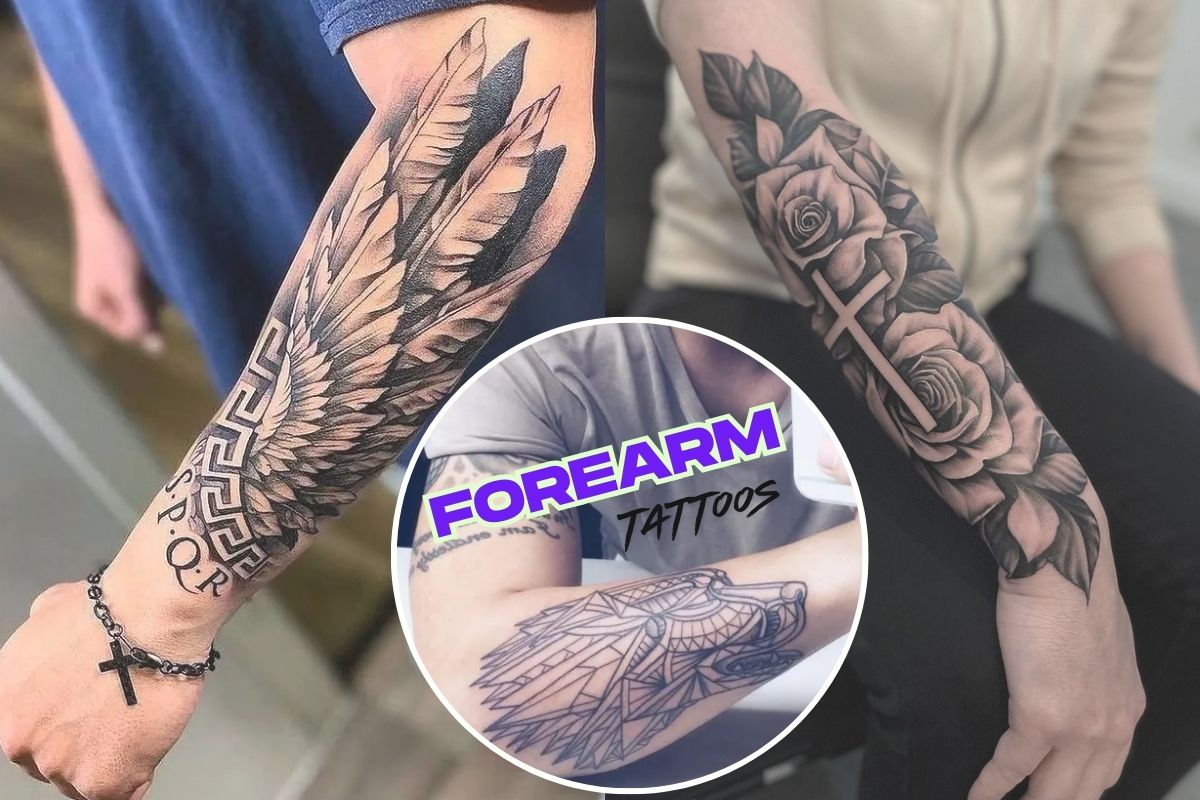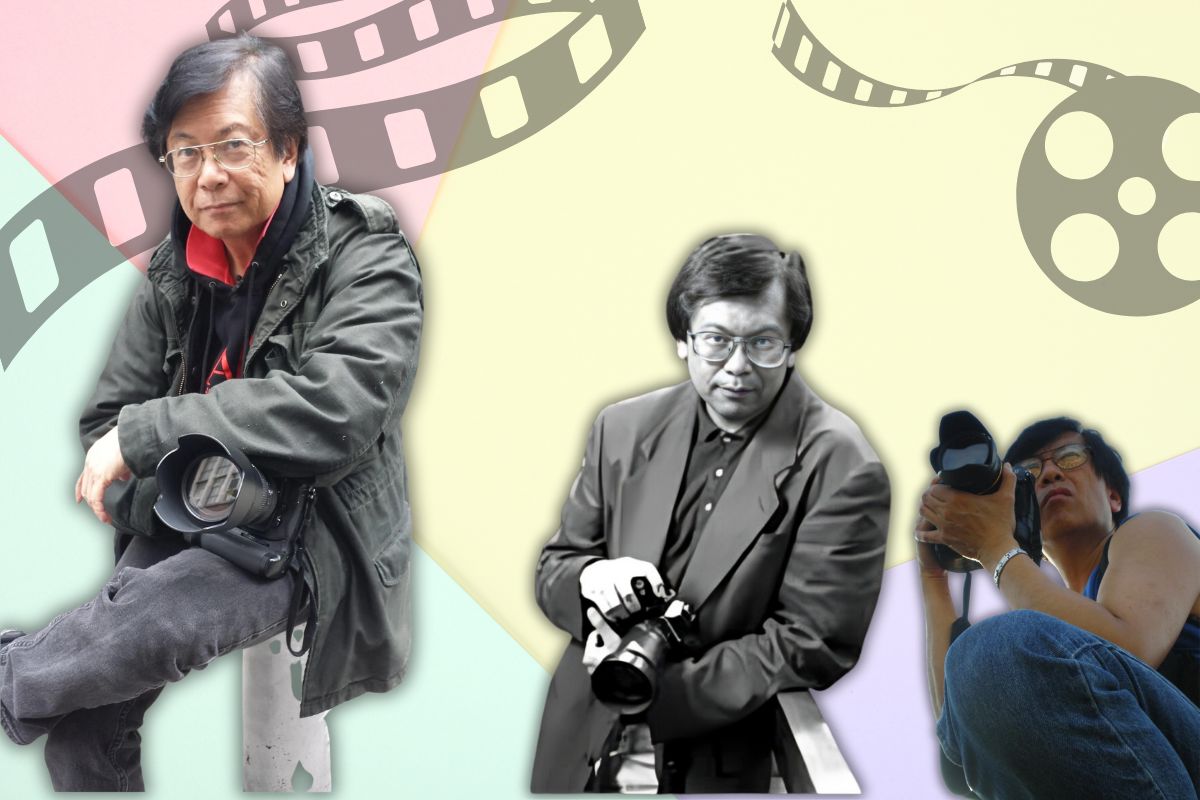Known as the “undisputed unofficial Asian American Photographer Laureate,” Corky Lee will never be forgotten in the history of mankind. His life and work demonstrated the power of the lens to capture not just images, but also bring to life the daily lives of Asian/Pacific Americans and their struggles.
Corky Lee, born as Young Kwok Lee on September 5, 1947, in Queens, New York, has no doubt emerged as an indomitable force in American photography and civil rights activism.
How it All Begins
Corky Lee’s journey into photography and activism was shaped by his personal experiences and the broader socio-political landscape of America. Growing up in Queens, he witnessed firsthand the struggles and triumphs of the Chinese American community.
His parents being immigrants themselves, their stories of hardship and struggles are one that has been omitted in the mainstream media. Lee’s passion for photography began during his high school years when he stumbled upon a photograph in his American history textbook.
The image depicted the 1869 completion of the First Transcontinental Railroad, a monumental achievement that linked the eastern and western United States. However, Lee noticed something profoundly wrong: the Chinese labourers, who were instrumental in constructing the railroad, were absent from the photograph.
They did the sweating and the backbreaking work, but they aren’t included. This omission sparked a lifelong mission in him- to ensure that Asian Americans were recognized and represented in the annals of American history.
A Career Rooted in Activism
Lee’s career as a photographer was not just about capturing moments but about telling stories that needed to be told. His camera became a tool for activism, a way to document the Asian American experience and challenge the narratives that had long excluded or misrepresented this vibrant community.
One of his most iconic projects was the recreation of the “Golden Spike” photograph. On May 10, 2014, exactly 145 years after the original photograph was taken, Lee organized a recreation of the event at Promontory Point, Utah.
This time, descendants of the Chinese labourers stood front and centre, finally getting the recognition their ancestors deserved. A picture he fondly called, an act of photographic justice.” He said, “In actuality, we’re reclaiming American history, and the Chinese contribution is part and parcel of that.”
Capturing the Community
Lee’s portfolio is a rich portrayal of the Asian American experience. From street protests to cultural celebrations, his photographs offer a window into the lives of a community that has often been rendered invisible. One of his early significant works was documenting the protests against police brutality in the 1970s.
His photos of the protests following the death of Vincent Chin, a Chinese American man beaten to death in Detroit in 1982, highlighted the racial tensions and injustices faced by Asian Americans. His works being to gain prominence in various publications even though he confesses that getting it to the media at the initial stage of his career has been difficult.
Lee also chronicled the daily lives and traditions of various Asian American communities. His photographs of Chinese New Year celebrations, dragon boat races, and other cultural events are not just visually striking but culturally rich, preserving traditions that are integral to the community’s identity.
More than Just a Picture
What drove Corky Lee was more than just a love for photography—it was a profound sense of duty. He once said, “I’m just a photographer trying to right a wrong.” This statement is simply a summary of his life’s mission. Lee saw his work as a way to rectify historical omissions and bring to light the stories of those who had been forgotten or ignored.
He told AsAmNews last year, “Every time I take my camera out of my bag, it is like drawing a sword to combat indifference, injustice and discrimination and trying to get rid of stereotypes.” In interviews, Lee often spoke about the importance of visibility and representation.
He believed that photography could be a powerful medium for social change. His images were not just about capturing moments; they were about capturing the essence of a community’s struggle and resilience. In a 2016 interview with NBC News, Lee reflected, “A photograph is a political tool. It has the power to change minds and policies.”
Legacy and Recognition
Lee’s work never goes unnoticed. Corky Lee’s photos have been featured in various exhibitions and collections, demonstrating his impact on both photography and social justice.
His photographs are part of the permanent collections at the Museum of Chinese in America in New York City and the Smithsonian Institution. These institutions recognize the cultural and historical significance of his work. Future generations will come to learn from and be inspired by his photographs.
Final Years
Corky Lee continued to document the Asian American experience until his final days. His work took on new urgency during the COVID-19 pandemic, which saw a surge in anti-Asian hate crimes.
Lee was on the front lines, capturing images of protests and solidarity rallies, continuing his lifelong mission to advocate for his community through his lens.
Sadly, Corky Lee passed away on January 27, 2021, due to complications from COVID-19. His death was a significant loss, not just to the Asian American community but to the broader world of photography and civil rights activism.
Conclusion
Corky Lee’s life and work demonstrate the power of photography to tell stories, correct injustices, and inspire change. His photographs are more than just images; they are historical documents, cultural artefacts, and tools of activism.
Through his lens, Corky Lee gave a voice to the voiceless and ensured that the contributions and experiences of Asian Americans were not forgotten. His legacy lives on, not just in his photographs, but in the ongoing fight for representation and equality.
















